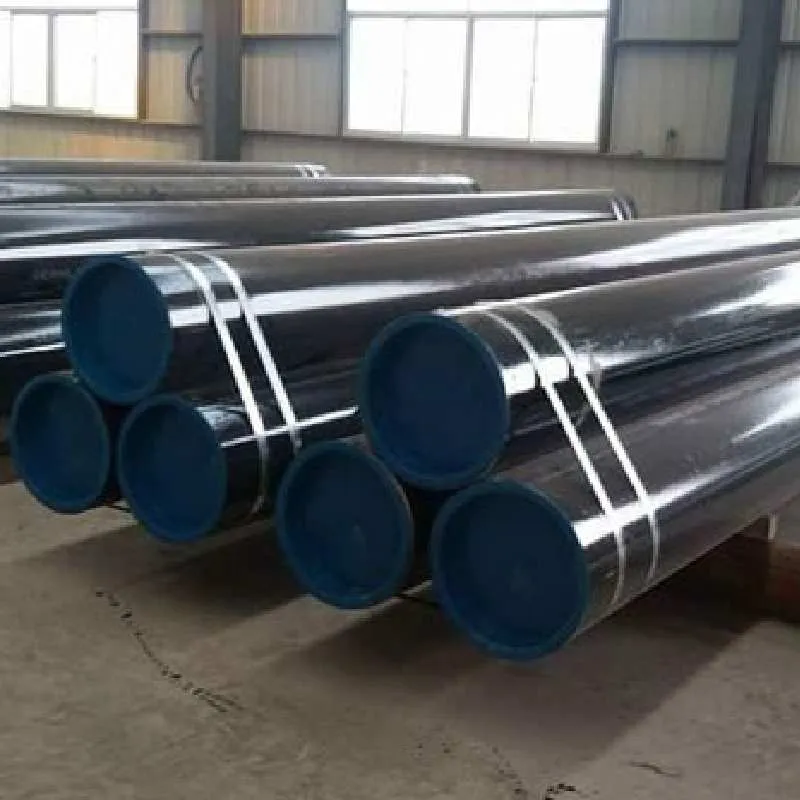-
Cangzhou Yulong Steel Co., Ltd.
-
Phone:
+86 13303177267 -
Email:
admin@ylsteelfittings.com
- English
- Arabic
- Italian
- Spanish
- Portuguese
- German
- kazakh
- Persian
- Greek
- French
- Russian
- Polish
- Thai
- Indonesian
- Vietnamese
- Zulu
- Korean
- Uzbek
- Hindi
- Serbian
- Malay
- Ukrainian
- Gujarati
- Haitian Creole
- hausa
- hawaiian
- Hebrew
- Miao
- Hungarian
- Icelandic
- igbo
- irish
- Japanese
- Javanese
- Kannada
- Khmer
- Rwandese
- Afrikaans
- Albanian
- Amharic
- Armenian
- Azerbaijani
- Basque
- Belarusian
- Bengali
- Bosnian
- Bulgarian
- Catalan
- Cebuano
- China
- China (Taiwan)
- Corsican
- Croatian
- Czech
- Danish
- Esperanto
- Estonian
- Finnish
- Frisian
- Galician
- Georgian
- Kurdish
- Kyrgyz
- Lao
- Latin
- Latvian
- Lithuanian
- Luxembourgish
- Macedonian
- Malgashi
- Malayalam
- Maltese
- Maori
- Marathi
- Mongolian
- Myanmar
- Nepali
- Norwegian
- Norwegian
- Occitan
- Pashto
- Dutch
- Punjabi
- Romanian
- Samoan
- Scottish Gaelic
- Sesotho
- Shona
- Sindhi
- Sinhala
- Slovak
- Slovenian
- Somali
- Sundanese
- Swahili
- Swedish
- Tagalog
- Tajik
- Tamil
- Tatar
- Telugu
- Turkish
- Turkmen
- Urdu
- Uighur
- Welsh
- Bantu
- Yiddish
- Yoruba

Dec . 09, 2024 22:23 Back to list
Understanding ANSI B16.5 Standards for Raised Face Flanges and Their Applications
Understanding ANSI B16.5 The Basics of Flange Standards
The ANSI B16.5 standard is pivotal in the realm of piping and fittings, particularly concerning flanges. It provides specifications for the design, material, and dimensional standards for flanges used in pipe systems, ensuring compatibility and reliability across various industrial applications. This article delves into the nuances of ANSI B16.5, focusing on its importance, classifications, and applications.
What is ANSI B16.5?
ANSI B16.5 is an American National Standards Institute (ANSI) standard that addresses the specifications for pipe flanges and flanged fittings. The B16 series refers to piping fittings, and the 5 indicates that this particular standard pertains to flanges. It encompasses various types of flanges, including weld neck, slip-on, threaded, and blind flanges, emphasizing their design, dimensions, and material characteristics.
Importance of ANSI B16.5
The significance of the ANSI B16.5 standard cannot be overstated. It provides a reliable framework that ensures
1. Interchangeability With a standardized set of dimensions and specifications for flanges, components from different manufacturers can be used interchangeably. This quality is crucial for maintenance and repairs in existing piping systems, as it allows for easy sourcing of replacement parts.
2. Safety and Reliability By adhering to ANSI B16.5 guidelines, manufacturers ensure that their flanges can withstand the pressures and temperatures specified in the standard. This reliability is essential in industries such as oil and gas, chemical manufacturing, and power generation, where any failure could lead to catastrophic results.
3. Efficiency in Design and Manufacturing Engineers and designers rely on these standards to create compliant systems that fulfill operational requirements. The use of standardized measurements aids in the streamlined production of components, reducing waste and increasing operational efficiency.
Classification of Flanges
ANSI B16.5 categorizes flanges primarily based on their pressure-temperature ratings and their designs. The pressure ratings range from 150 pounds to 2,500 pounds, which indicates the maximum pressure a flange can handle at specified temperatures. Each flange type—weld neck, slip-on, threaded, and blind—has its unique applications and benefits
- Weld Neck Flanges These are designed for high-pressure applications. They provide a strong connection and are often used in critical piping systems.
ansi b16 5 150 rf

- Slip-On Flanges These flanges are easy to install and are primarily used in low-pressure applications. They can be welded after being slid onto the pipe.
- Threaded Flanges Designed for use in situations where welding might not be practical, threaded flanges can be screwed onto the pipe. They are ideal for lower pressure applications.
- Blind Flanges These are used to close the ends of pipes or valves. They are crucial when maintenance or inspection is required, allowing sections of the system to be isolated.
Applications of ANSI B16.5 Flanges
The applications of ANSI B16.5 flanges are broad, spanning several industries
- Petrochemical Industry The oil and gas sector heavily relies on ANSI B16.5 for connections in pipelines, refineries, and processing plants, emphasizing reliability and safety.
- Chemical Manufacturing Flanges compliant with B16.5 are essential for a variety of chemical processes, which often involve corrosive substances requiring robust sealing capabilities.
- Water Treatment Facilities ANSI B16.5 flanges are used in water treatment plants, where strong, leak-proof connections are vital to ensuring safe water supply infrastructure.
- Power Plants In power generation, these flanges are crucial for the safe transport of steam, water, and other fluids through high-pressure systems.
Conclusion
ANSI B16.5 is a foundational standard within the industrial sector, underpinning the safety, reliability, and efficiency of piping systems. By ensuring the interchangeability of flanges, it supports a wide array of applications in numerous industries, from petrochemicals to power generation. Understanding this standard is essential for engineers, manufacturers, and maintenance personnel involved in maintaining the integrity of piping systems, underscoring the critical role that standardized specifications play in industrial safety and operational efficiency.
Latest news
-
ANSI 150P SS304 SO FLANGE
NewsFeb.14,2025
-
ASTM A333GR6 STEEL PIPE
NewsJan.20,2025
-
ANSI B16.5 WELDING NECK FLANGE
NewsJan.15,2026
-
ANSI B16.5 SLIP-ON FLANGE
NewsApr.19,2024
-
SABS 1123 FLANGE
NewsJan.15,2025
-
DIN86044 PLATE FLANGE
NewsApr.19,2024
-
DIN2527 BLIND FLANGE
NewsApr.12,2024
-
JIS B2311 Butt-Welding Fittings LR/SR 45°/90° /180°Seamless/Weld
NewsApr.23,2024











